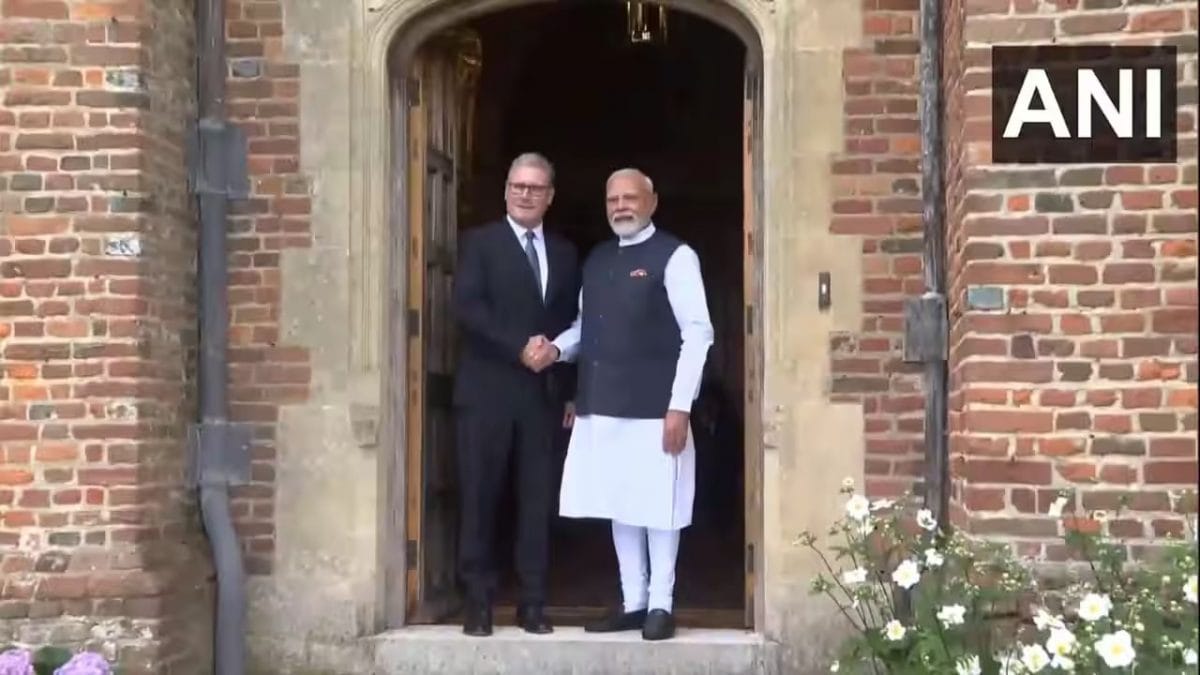

In a landmark moment for both nations, India and the United Kingdom have officially signed a Free Trade Agreement (FTA) on Thursday, July 24, 2025. The agreement, which has been finalized after three years of intense negotiations, is projected to boost bilateral trade by $34 billion annually.
The signing took place during Indian Prime Minister Narendra Modi's visit to London, where he met with his British counterpart, Keir Starmer, at the Chequers Estate. The two leaders also unveiled the "U.K.-India Vision 2035," a plan to elevate their partnership over the next decade amidst rapid global changes.
British Prime Minister Keir Starmer hailed the FTA as a "major win" for Britain, emphasizing that it will create thousands of jobs across the U.K., unlock new business opportunities, and drive economic growth throughout the country. Echoing this sentiment, U.K. Foreign Secretary David Lammy stated that the "U.K.-India Vision 2035" would build upon the FTA to foster stronger defense cooperation and drive innovation between the two economies.
The FTA is expected to provide comprehensive market access for Indian goods across all sectors. India will benefit from the elimination of tariffs on approximately 99% of tariff lines, covering nearly 100% of the trade value. This translates to India cutting tariffs worth over £400 million, which is expected to more than double to around £900 million after 10 years. The agreement ensures that 99% of exports from India would receive duty-free access to British markets.
Conversely, India will gain easier access to British whisky, cars, and other products. The FTA aims to reduce import duties on UK-produced whisky and gin from 150% to 75% initially, with a further decrease to 40% within a decade. Tariffs on automobiles will also see a significant reduction from over 100% to 10%, subject to quota restrictions.
The U.K. government has stated that the FTA is the most economically significant bilateral trade deal for the U.K. since leaving the European Union. It is projected to increase UK GDP by £4.8 billion and UK wages by £2.2 billion each year in the long run. Bilateral trade is also expected to increase by £25.5 billion annually.
Under the agreement, India will remove or reduce tariffs on 90% of tariff lines, covering 92% of existing goods imports from the UK. As soon as the deal comes into force, 64% of tariff lines will be eligible for tariff-free imports into India, covering £1.9 billion of current UK exports to India (2022).
The FTA also addresses various aspects of trade, including goods, services, innovation, government procurement, and intellectual property rights. It is designed to simplify regulations to encourage service trade and mutual investments.
While the FTA has been signed, it still requires endorsement by the British Parliament before implementation, a process anticipated to take approximately one year.